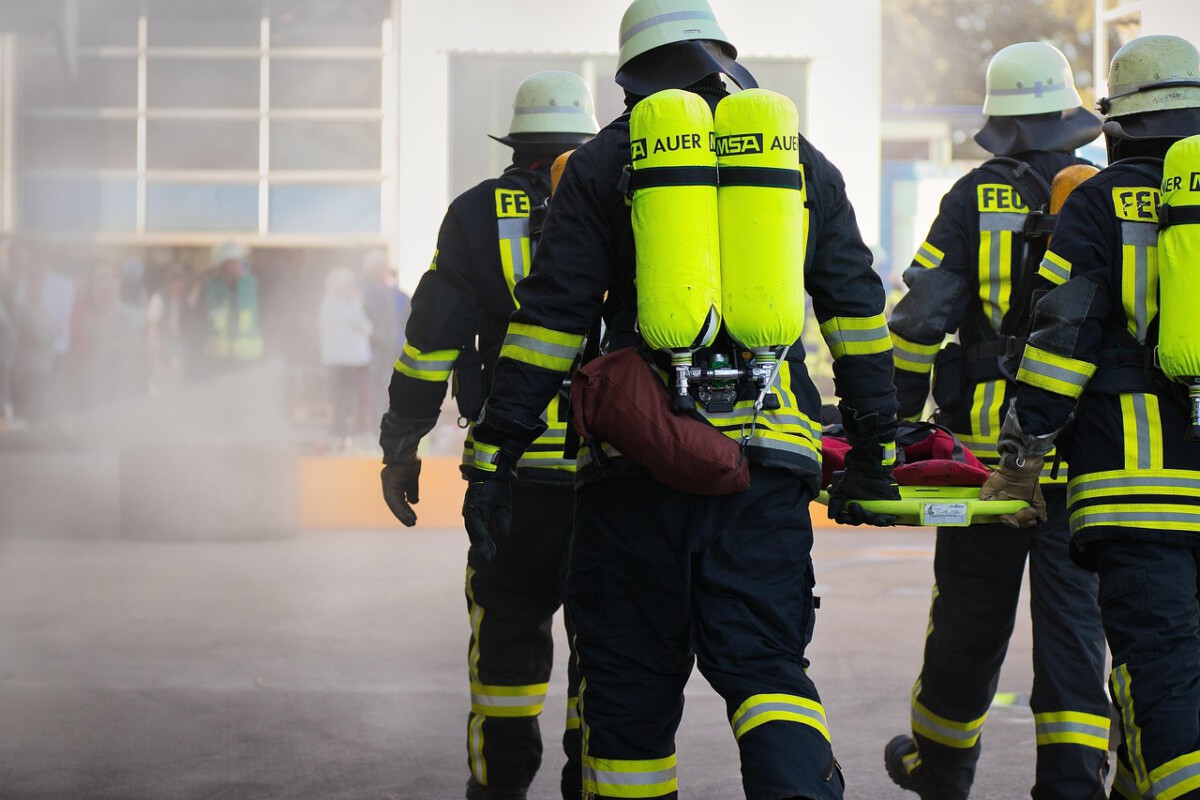State Creates Comprehensive Wildfire Defense Strategy
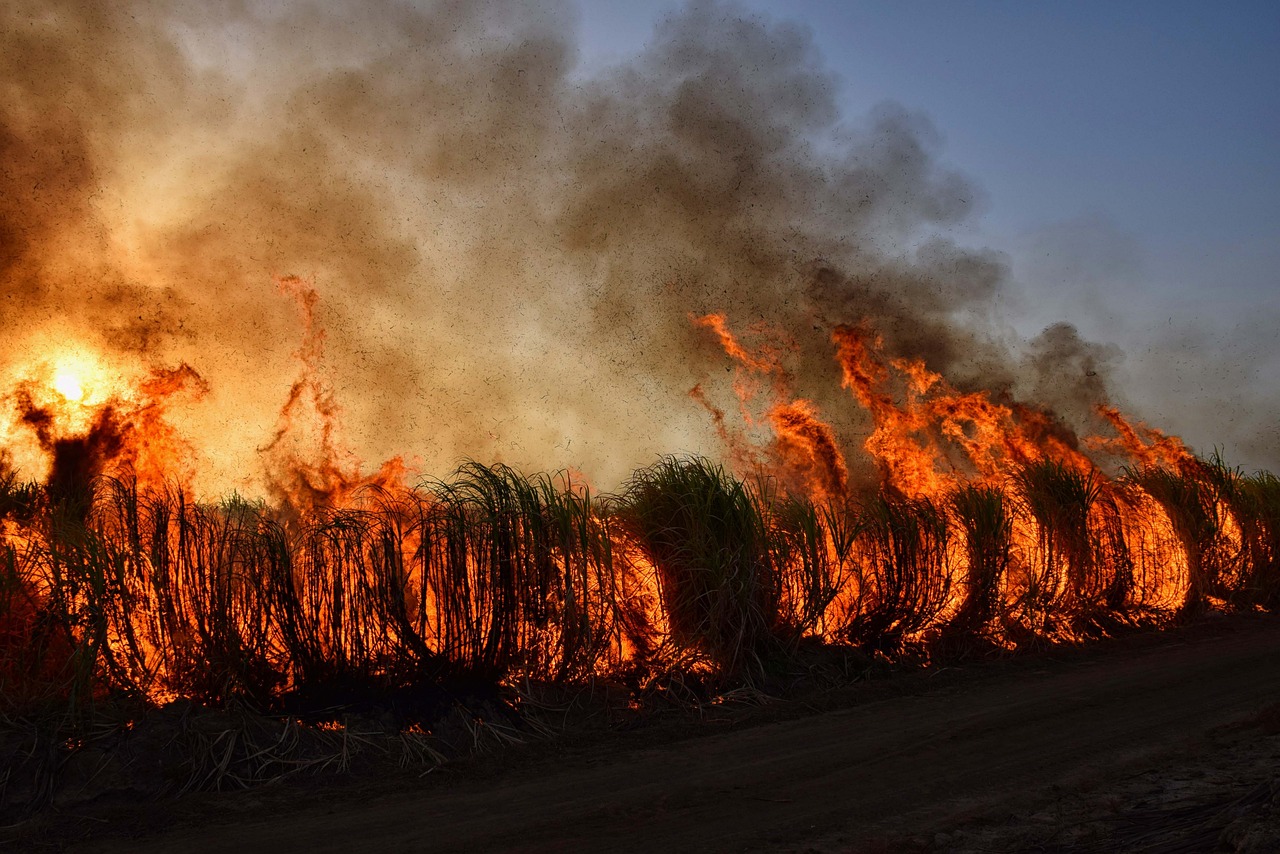
Looking at Colorado’s dramatic landscape changes, it’s hard to ignore the growing threat of wildfires across the state. Colorado has committed approximately $2 billion through various programs, including Xcel Energy’s Wildfire Mitigation Plan from 2025 to 2027. The state’s approach combines immediate action with long-term planning, recognizing that wildfire prevention saves more money than fighting fires after they start. Colorado spent $6.5 million in grants for on-the-ground fire mitigation work and watershed projects in 2024. This massive investment represents a shift from reactive firefighting to proactive prevention, addressing the reality that Colorado now faces year-round fire conditions. The numbers tell a compelling story – prevention costs pennies compared to the billions lost when fires rage out of control.
Colorado Strategic Wildfire Action Program Launches Major Funding
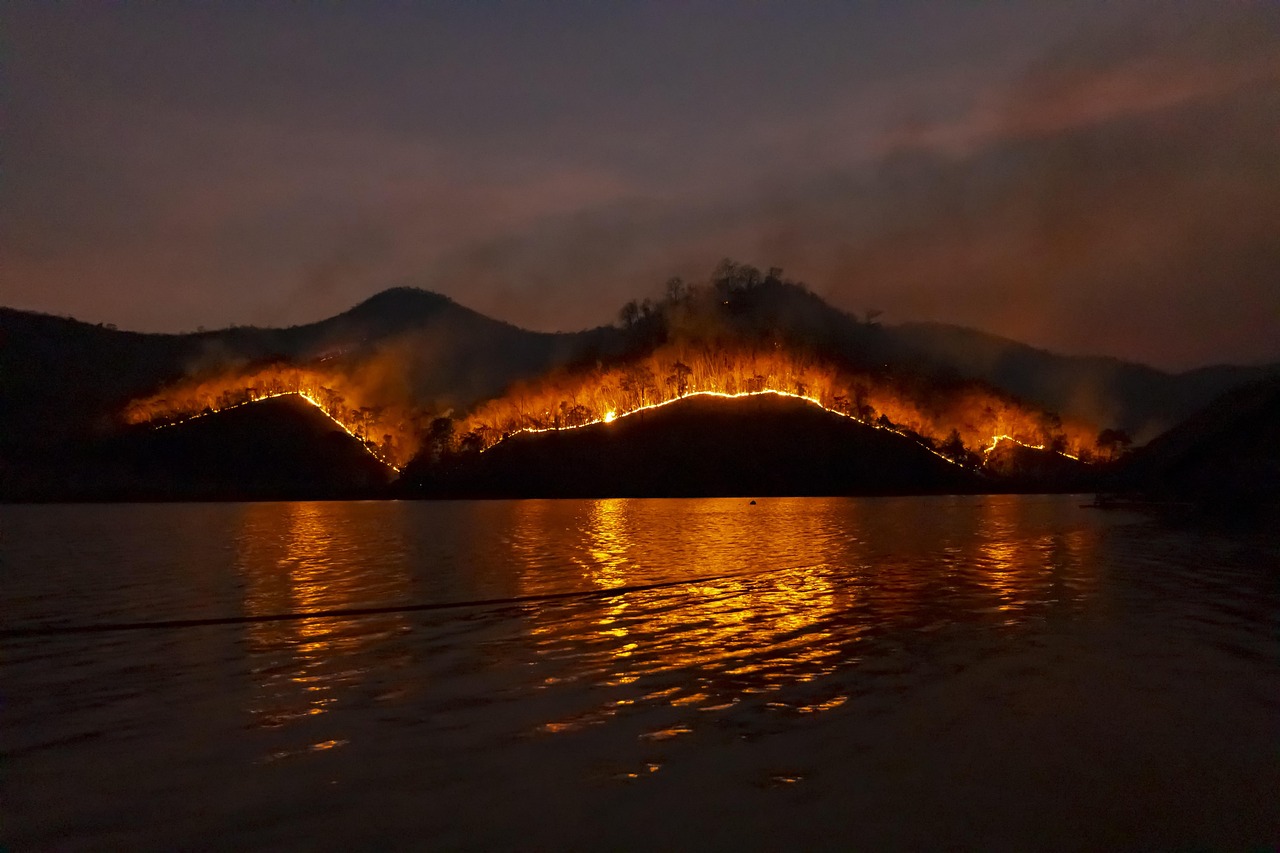
COSWAP was created after the devastating 2020 fire season by the Colorado legislature through the bi-partisan supported SB21-258, and after a successful grant cycle, the program was permanently funded in the 2023 legislative session. Through Senate Bill 21-258, COSWAP has invested $25.4 million into its Landscape Resilience Investment program, as well as $13.8 million towards its Workforce Development program. Think of COSWAP as Colorado’s insurance policy against wildfire destruction – instead of waiting for disaster to strike, the state is investing upfront to protect communities before flames arrive. COSWAP is designed to quickly move $17.5 million state stimulus dollars to start on-the-ground work on fuels reduction projects and increase Colorado’s capacity to conduct critical forest restoration and wildfire mitigation work. The program focuses on two main areas: workforce development and landscape-scale mitigation projects that create defensible zones around vulnerable communities.
Workforce Development Programs Train Next Generation
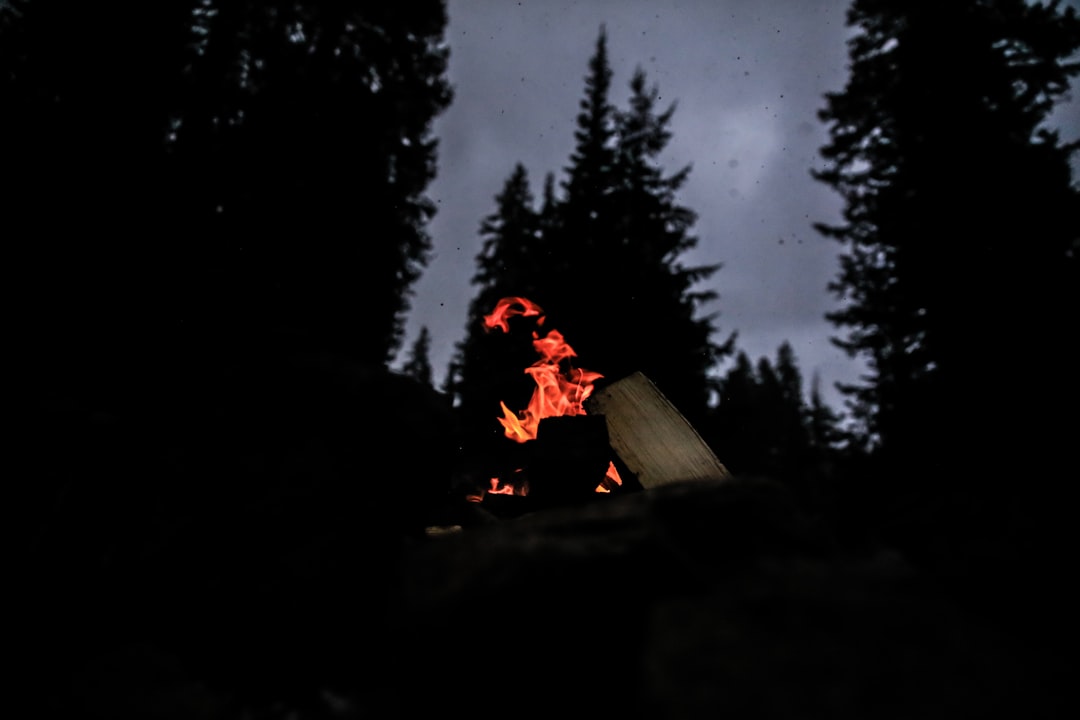
COSWAP supports wildfire risk reduction in Colorado through two programs: Workforce Development Grants and Landscape Resilience Investments, with the Workforce Development Grants providing supported, entry-level hands-on experience and training opportunities for individuals interested in wildfire mitigation and forestry. Since the launch in 2021, COSWAP has funded 44 workforce development projects, totaling $7.9 million, with 16 completed and the remaining 28 in progress. The program partners with youth conservation corps and even uses state prison crews to complete mitigation work, creating a unique model where workforce development meets wildfire prevention. COSWAP’s Workforce Development Grant is investing over $4.5 million to support on the ground wildfire mitigation work by conservation corps or Department of Corrections State Wildland Inmate Fire Teams, with 9 wildfire mitigation workforce training grants supporting over 750 people in receiving advanced wildfire mitigation related trainings. These training programs are creating the skilled workforce Colorado needs to tackle future fire threats.
Xcel Energy Commits $2 Billion for Grid Safety
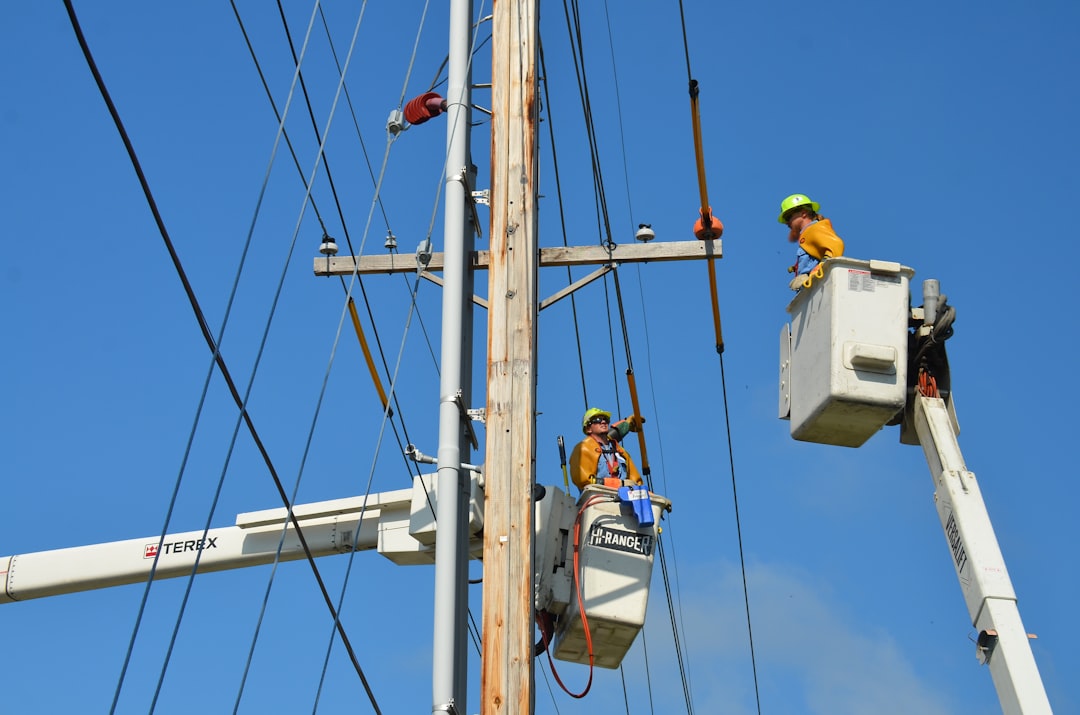
The WMP is a proposal submitted by Xcel Energy to the Colorado Public Utilities Commission to invest approximately $2 billion in wildfire risk reduction strategies from 2025 to 2027, filed on June 27, 2024, outlining proposed wildfire prevention and risk reduction efforts. This isn’t just about burying power lines – it’s a comprehensive approach to preventing utility-sparked fires that have devastated communities across the West. The proposed WMP includes approximately $2 billion in investments across Xcel’s service territory, including 50 miles of targeted undergrounding of overhead power lines, including projects in the Boulder area. The settlement balances safety, equity and cost, using a tool called securitization to fund investments in a way that reduces long-term costs for ratepayers, saving an estimated $1 billion compared to traditional utility financing, allowing Xcel to issue bonds to fund wildfire mitigation instead of relying on the typical utility rate base model. The innovative funding approach means customers won’t bear the full burden of these safety upgrades through traditional rate increases.
Federal Investment Amplifies State Efforts
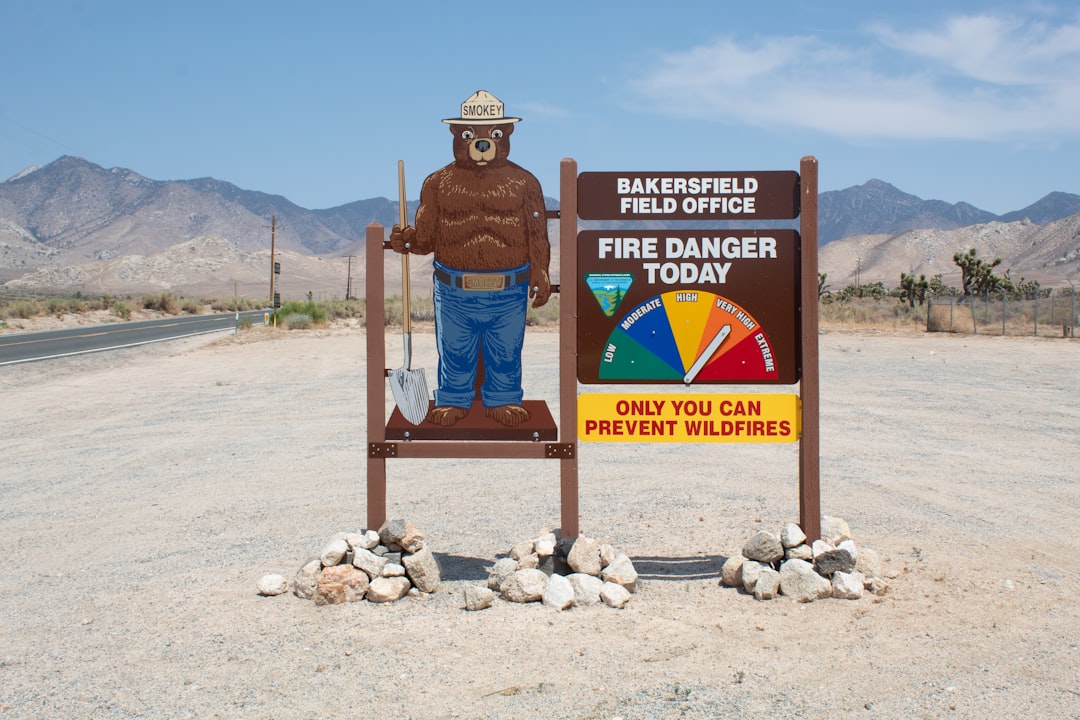
In Colorado, The Nature Conservancy will use nearly $9.9 million to protect communities in Archuleta County and watersheds that provide irrigation and drinking water to downstream users in Santa Fe and Albuquerque, New Mexico. Federal programs are working alongside state investments to create a comprehensive wildfire defense network. The program is investing $1 billion over five years to assist at-risk communities through grants to local and Tribal communities, with $250 million announced to help at-risk communities protect their homes, businesses and infrastructure from catastrophic wildfire, funding 158 projects to help communities in 31 States, two Territories and 11 Tribes. The CSFS estimates that approximately $7.2 million is available for the 2024-2025 grant cycle. This federal-state partnership multiplies the impact of Colorado’s investments, creating a safety net that extends far beyond state boundaries.
Landscape Resilience Projects Target High-Risk Areas
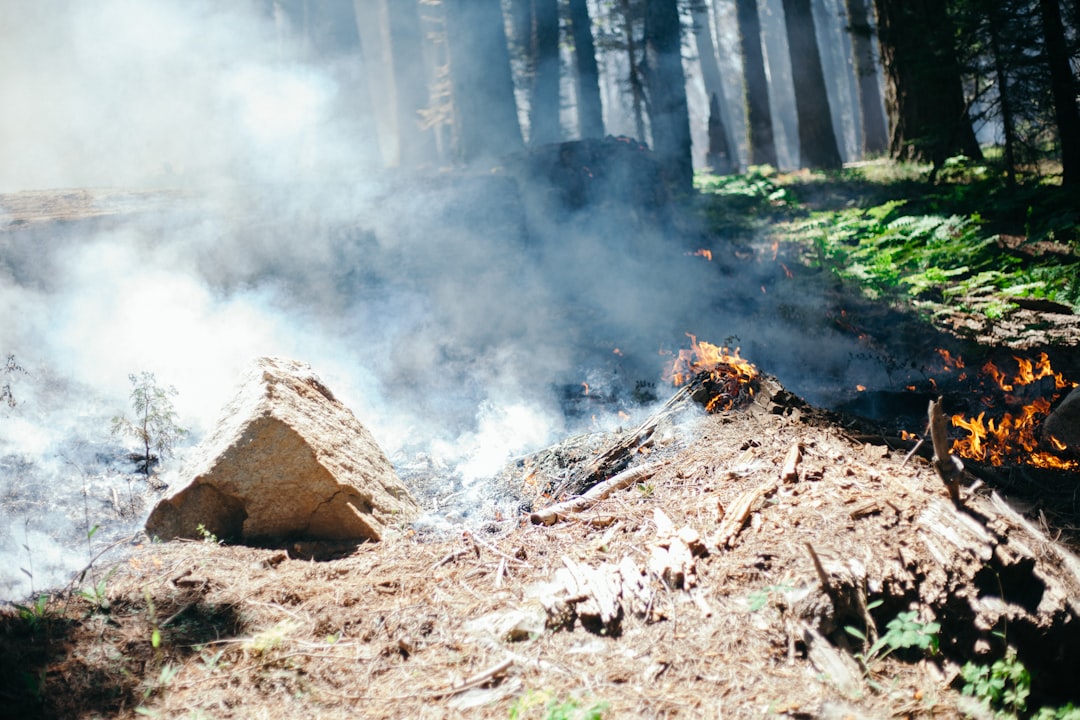
This round includes 14 Workforce Development Grants to treat 1,045 acres of forested land and train over 150 wildfire mitigation individuals, and five Landscape Resilience Investments to strategically support wildfire risk reduction in targeted counties including Garfield, Grand, Boulder, Jackson and Montezuma, with COSWAP distributing $4,850,000 between the City of Boulder, City of Fort Collins, City of Glenwood Springs, Grand Fire Protection District and Mancos Conservation District to treat a combined 1,313 acres over the next three years. These aren’t random tree-cutting projects – they’re strategically planned interventions that create firebreaks and reduce fuel loads in the most dangerous areas. The Landscape Resilience Investment program focuses on cross-boundary fuels reduction projects that have the greatest potential to protect lives, property, and infrastructure, funding targeted mitigation projects in COSWAP’s strategic focus areas, with projects selected for funding collaboratively developed to meet the greatest needs of the area and create connectivity across a landscape. The collaborative approach ensures that mitigation work connects across property boundaries, creating continuous defensible zones that can stop or slow advancing fires.
Strategic Focus Areas Concentrate Resources
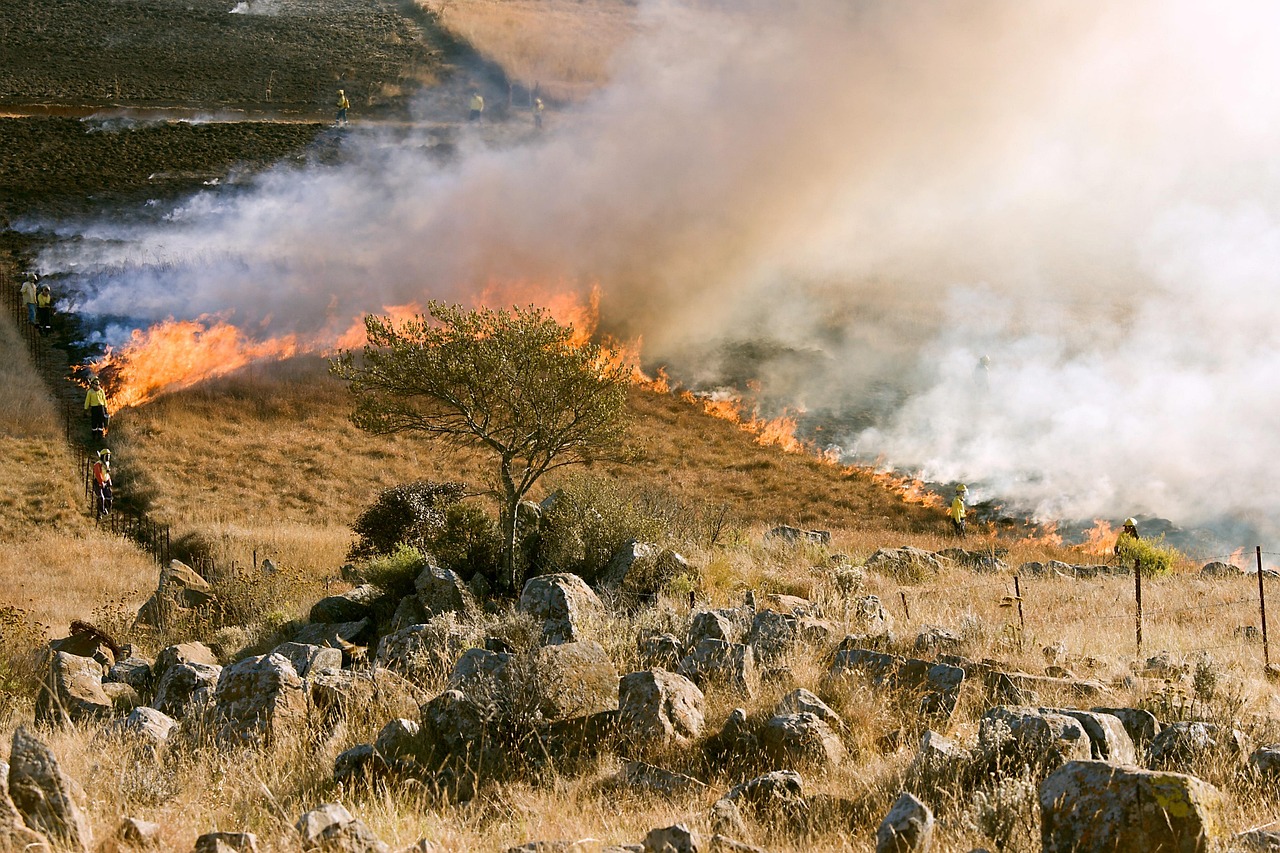
The Strategic Focus Areas are one of the components developed by the partnership between the Department of Natural Resources, Colorado State Forest Service, and the Division of Fire Prevention and Control, representing areas in Colorado where there is a greater population density living within high wildfire risk and areas with regional capacity to make meaningful strategic investments, including Boulder, Douglas, El Paso, Jefferson, Larimer, La Plata and Teller counties plus Rocky Mountain Restoration Initiative focal areas. Rather than spreading resources thin across the entire state, Colorado is concentrating its efforts where they’ll have the biggest impact. These focus areas were identified through careful analysis of fire risk, population density, and the capacity to complete meaningful mitigation work. The approach recognizes that protecting the most vulnerable communities first creates the foundation for broader statewide resilience. By focusing on areas with both high risk and high capacity for action, the state maximizes the return on every dollar invested.
Water Infrastructure Protection Becomes Priority
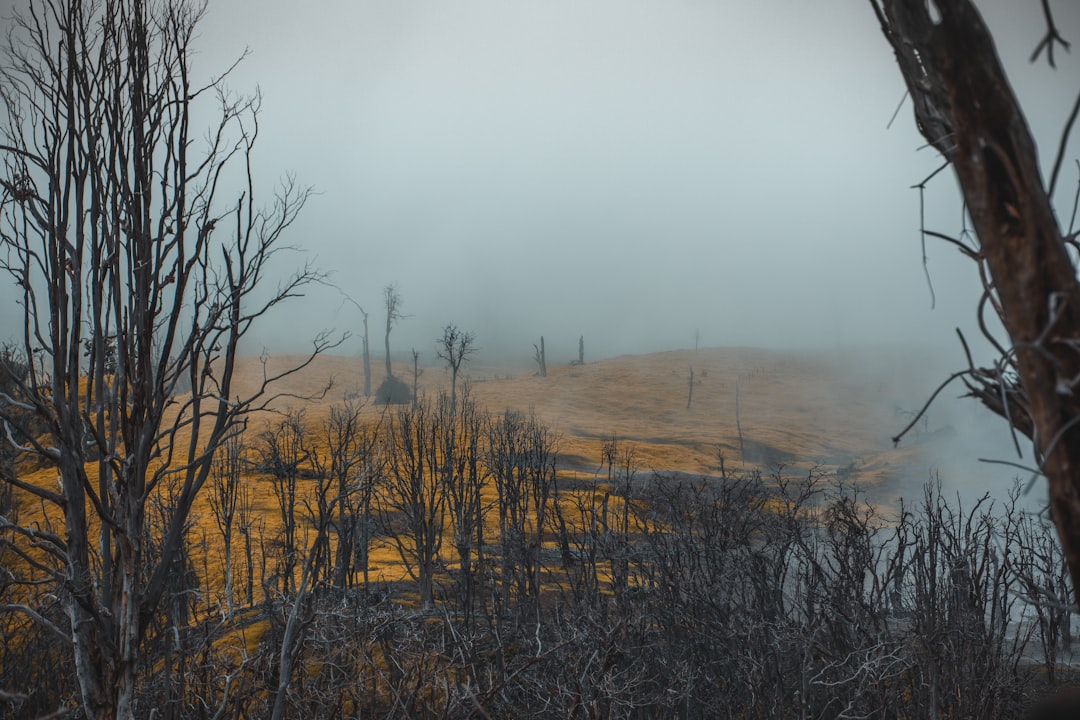
COSWAP launched a special release of this funding opportunity in partnership with the Colorado Water Conservation Board’s Wildfire Ready Watersheds program, with awardees implementing wildfire risk reduction projects that protect critical water infrastructure within high priority watersheds. Denver Water’s Watershed Scientist Christina Burri stated that “the strategic investments through DNR’s COSWAP projects are protecting critical water supply watersheds from the costly impacts of catastrophic wildfires”. Protecting watersheds isn’t just about preventing fires – it’s about ensuring Colorado’s water supply remains clean and reliable for decades to come. The City of Glenwood Springs and Grand Fire Protection District projects are both located in high wildfire risk areas as well as high priority watersheds that drain into the Colorado River, with supporting projects that integrate forest and watershed health promoting long-term ecological resilience. When wildfires burn through watersheds, they contaminate water supplies and create flooding risks that can last for years after the flames are extinguished.
New Forest Tracker Tool Enhances Planning
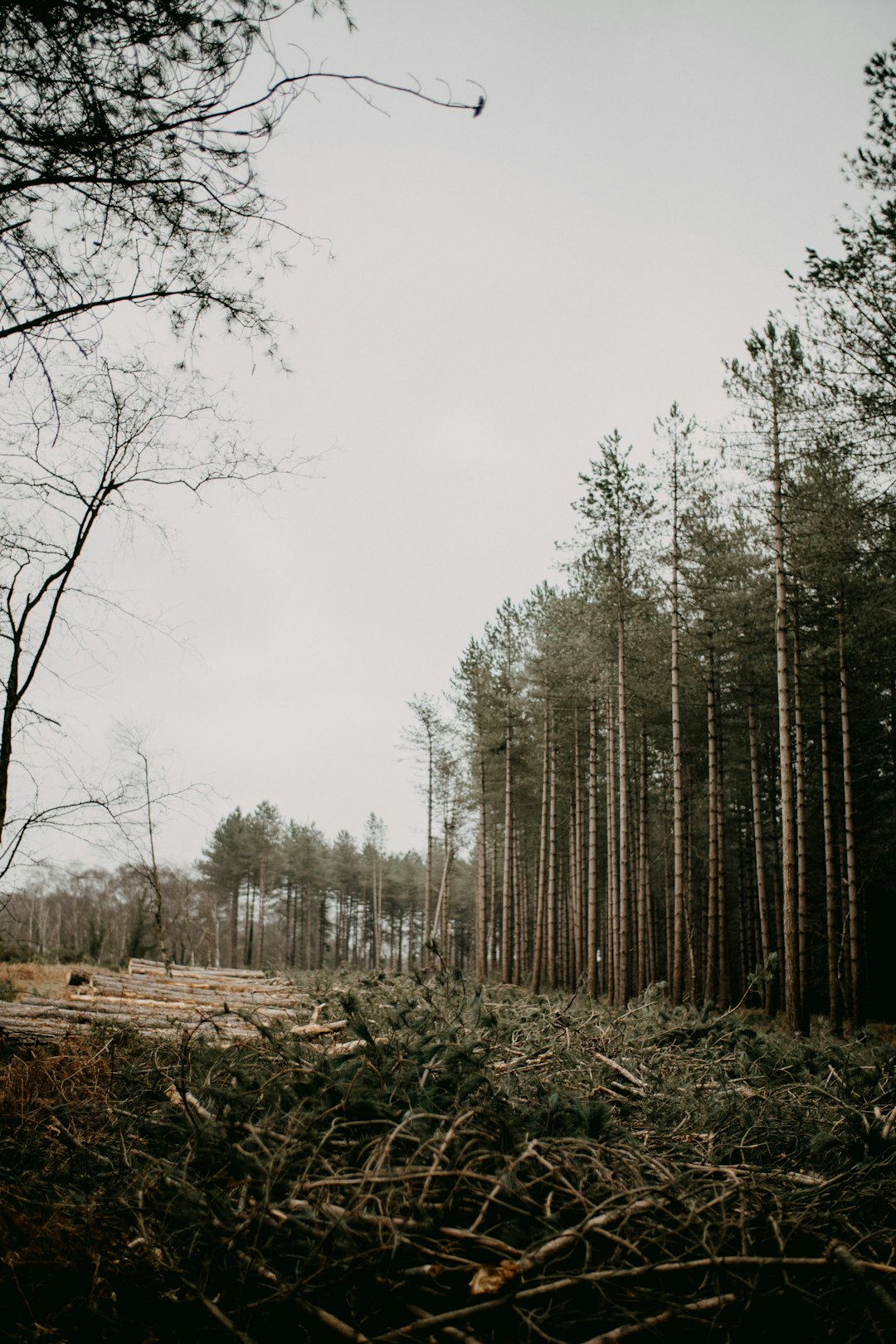
As Colorado continues to grapple with the loss of dozens of federal land management and wildfire prevention employees following cuts by the Trump Administration, local scientists are hopeful a new tool will help fill the gaps, with the Colorado Forest Tracker created by the Colorado State Forest Service and the Colorado Forest Restoration Institute, compiling records from across agencies into a publicly accessible online dashboard, creating a central database and reporting system for forest management activities across the state. This isn’t just another government database – it’s a game-changing tool that helps planners make better decisions about where and how to invest mitigation dollars. The data aims to better inform strategies for improving forest health and reducing wildfire risk by giving people like policymakers and firefighters a better understanding of how ongoing and past forest management projects are impacting Colorado’s recreation, natural beauty and forest land, helping understand how management is sustaining recreation, interacting with wildfire and changing wildfire behavior, ensuring clean water and improving quality of life. The system provides real-time information that can guide firefighters during active incidents and help planners schedule prescribed burns more effectively.
Wildfire Resiliency Code Board Sets New Standards
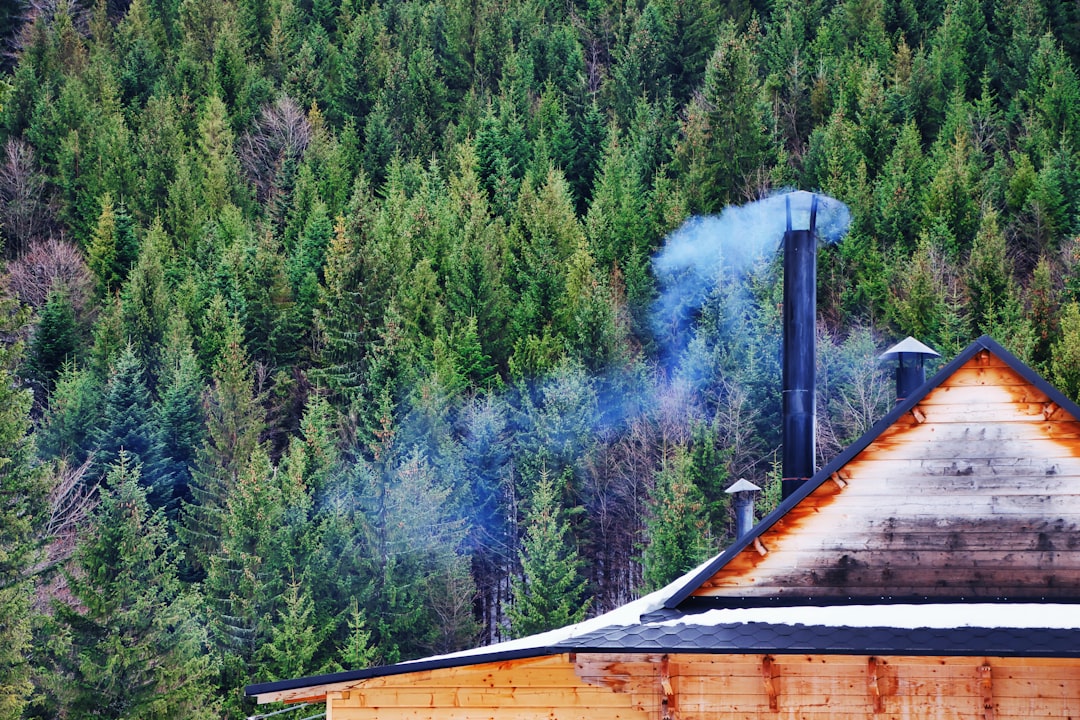
Senate Bill 23-166 established a Wildfire Resiliency Code Board in the Division of Fire Prevention and Control to help enhance community safety and resiliency from wildfires through the adoption of codes and standards, with the 2025 Colorado Wildfire Resiliency Code finalized and adopted on 1 July 2025 following formal rulemaking procedures. The new building codes aren’t just suggestions – they’re mandatory standards that will fundamentally change how Colorado builds in fire-prone areas. These codes cover everything from building materials to landscaping requirements, creating a comprehensive approach to fire-resistant construction. The legislation requires governing bodies with jurisdiction in an area within the wildland-urban interface to adopt codes that meet or exceed the standards set forth in the model codes, and makes an appropriation. The standards represent years of research into what makes buildings survive wildfires, incorporating lessons learned from devastating fires across the West.
Budget Challenges Create Funding Uncertainty
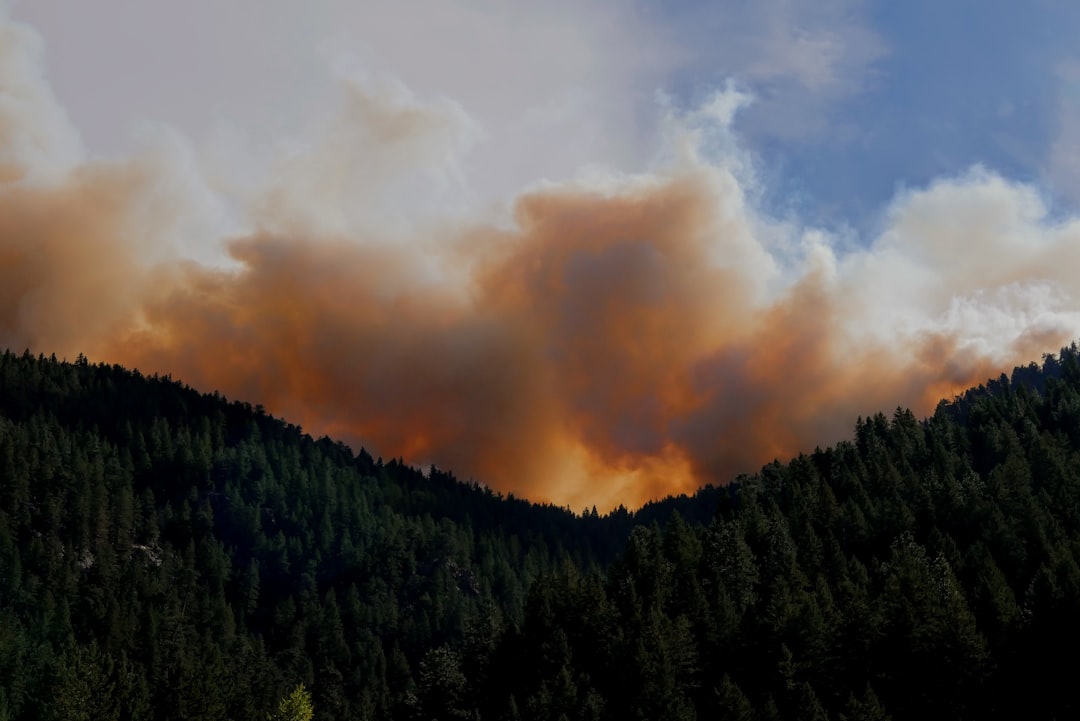
Bills seeking to invest millions of dollars in wildfire mitigation this legislative session are being stripped of funding as Colorado lawmakers look to curb state spending, with legislators saying it’s a painful reminder of the state’s budget constraints. Despite the urgent need for wildfire prevention, Colorado faces the same budget pressures affecting states nationwide. The federal cuts to wildfire services are troubling, and state officials continue to urge the administration to remain at the table with states, while the 2025 Wildfire Preparedness Plan outlines a comprehensive approach to wildfire management that includes suppression and response, fuels and forest management, and mitigation activities. The tension between budget constraints and wildfire prevention needs creates difficult choices for lawmakers. However, the state continues to argue that prevention investments pay for themselves by avoiding the massive costs of fighting large fires and rebuilding burned communities.
Community Programs Engage Individual Homeowners
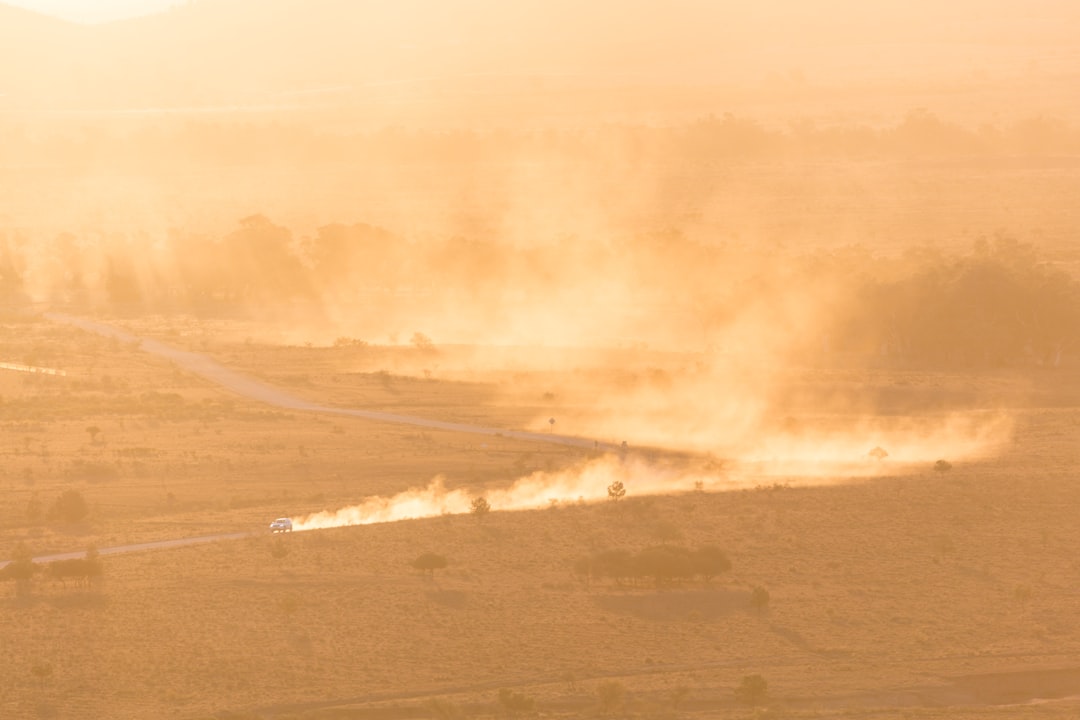
Funds are available to private landowners within the mapped program area who complete a free home wildfire risk assessment and hire a contractor to complete wildfire mitigation on their parcel, with the program potentially reimbursing the homeowner up to 50% of the project once mitigation is completed. The state recognizes that wildfire prevention isn’t just about large-scale forest management – it’s also about helping individual property owners create defensible space around their homes. Applicant must provide a 25% in-kind or cash match of the award amount, with Tribal entities exempt from the match requirement. The program makes wildfire mitigation accessible to homeowners who might not otherwise be able to afford professional tree removal and landscaping work. By subsidizing individual mitigation efforts, the state creates a network of fire-resistant properties that collectively protect entire neighborhoods from advancing flames.
Long-term Success Depends on Sustained Investment
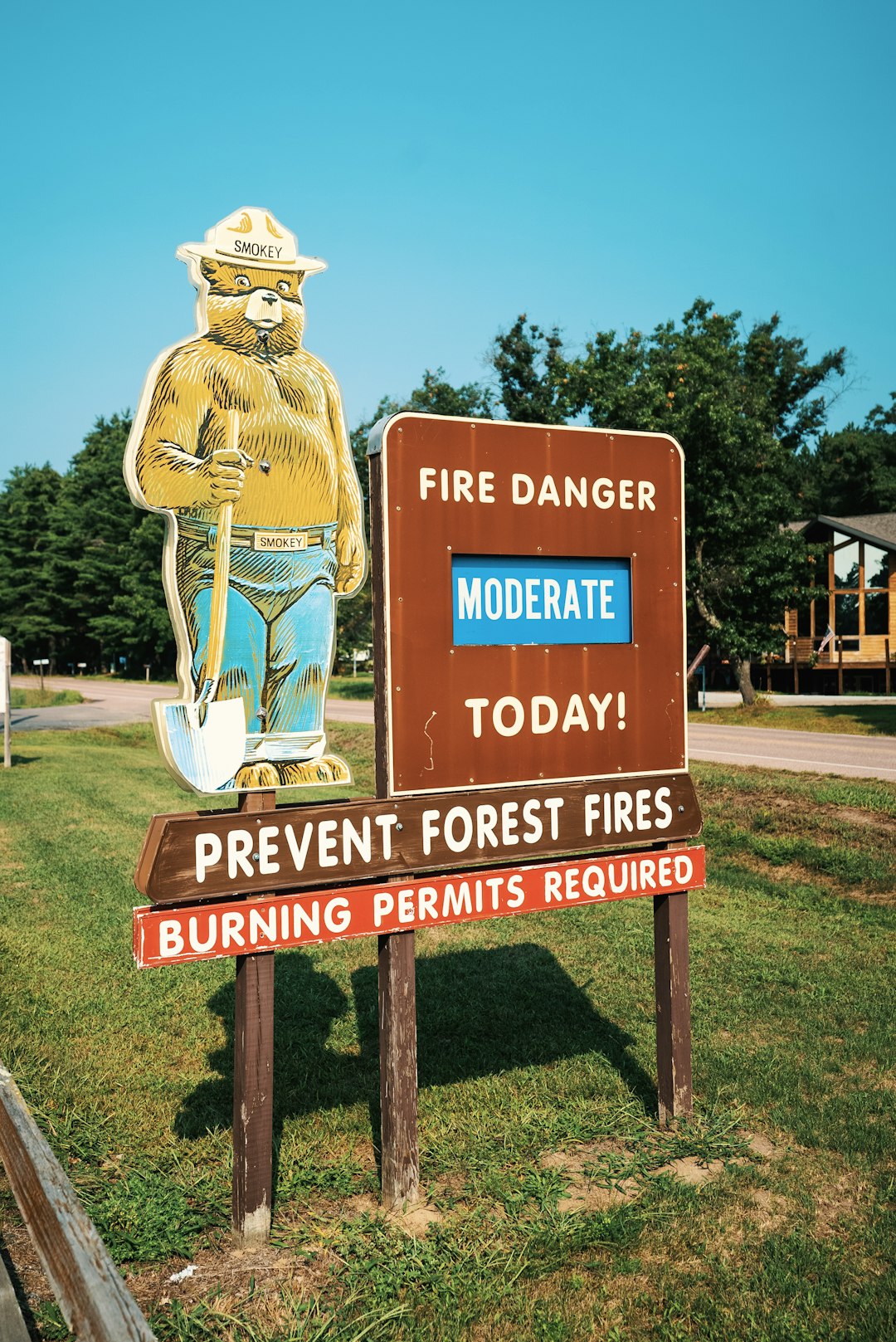
Over the last four years, the Polis administration has committed around $145 million in state funds and leveraged millions more in federal funds for forest health and wildfire mitigation work to protect Colorado’s communities, critical infrastructure, and watersheds from future wildfires, with more than $22.5 million invested statewide since COSWAP’s inception in 2022. Colorado’s billion-dollar investment in wildfire prevention represents more than just emergency spending – it’s a fundamental shift in how the state approaches fire management. The programs created over the past few years have built infrastructure, trained workers, and created partnerships that will continue paying dividends for decades. COSWAP releases Workforce Development Grant opportunities every year, while Landscape Resilience Investments are typically every other year, with about $5 million available annually. The key to success lies in maintaining this investment over time, continuing to fund prevention even when memories of the last big fire begin to fade.
What would you have guessed about the true cost of preventing wildfires versus fighting them?





